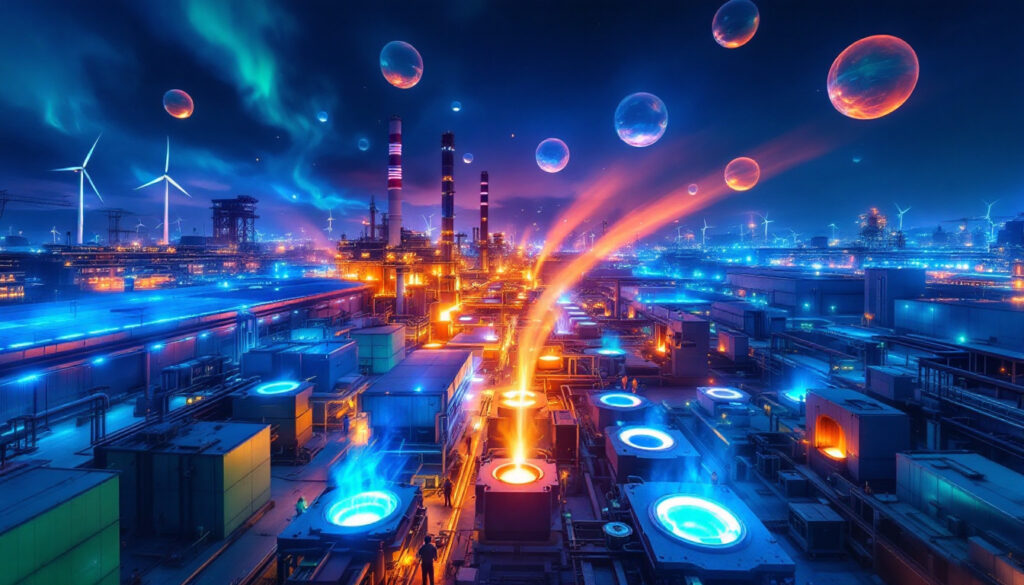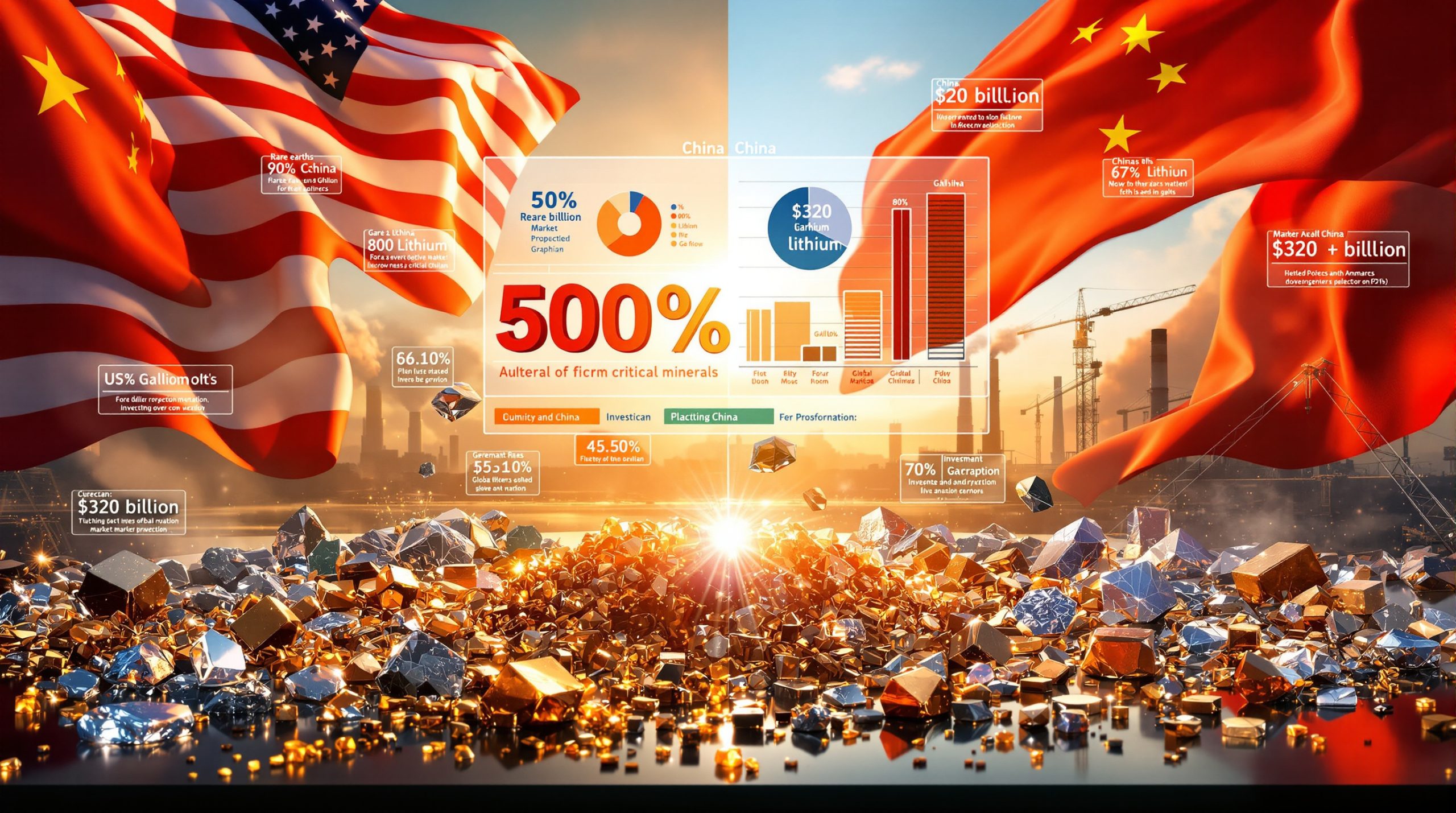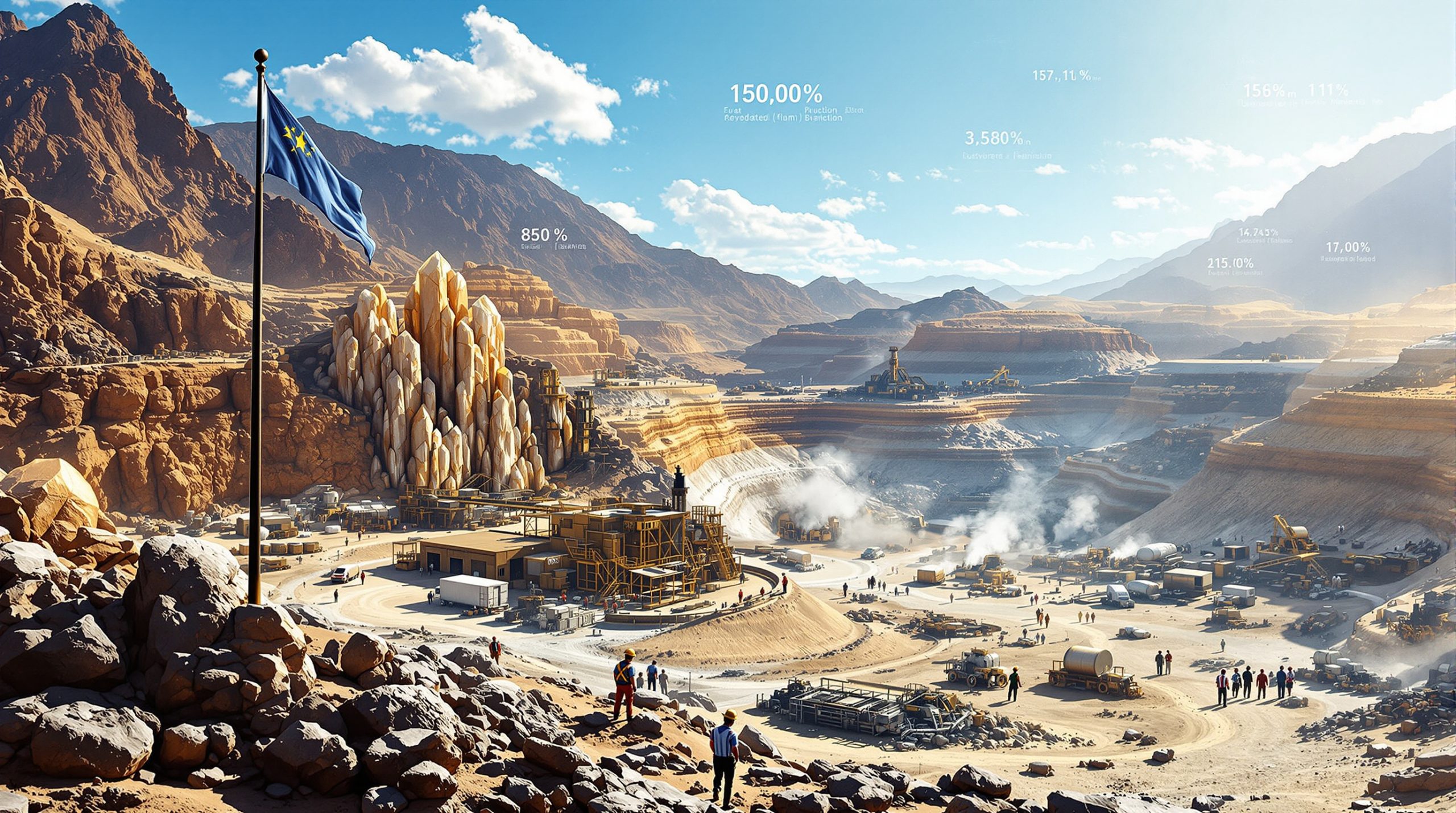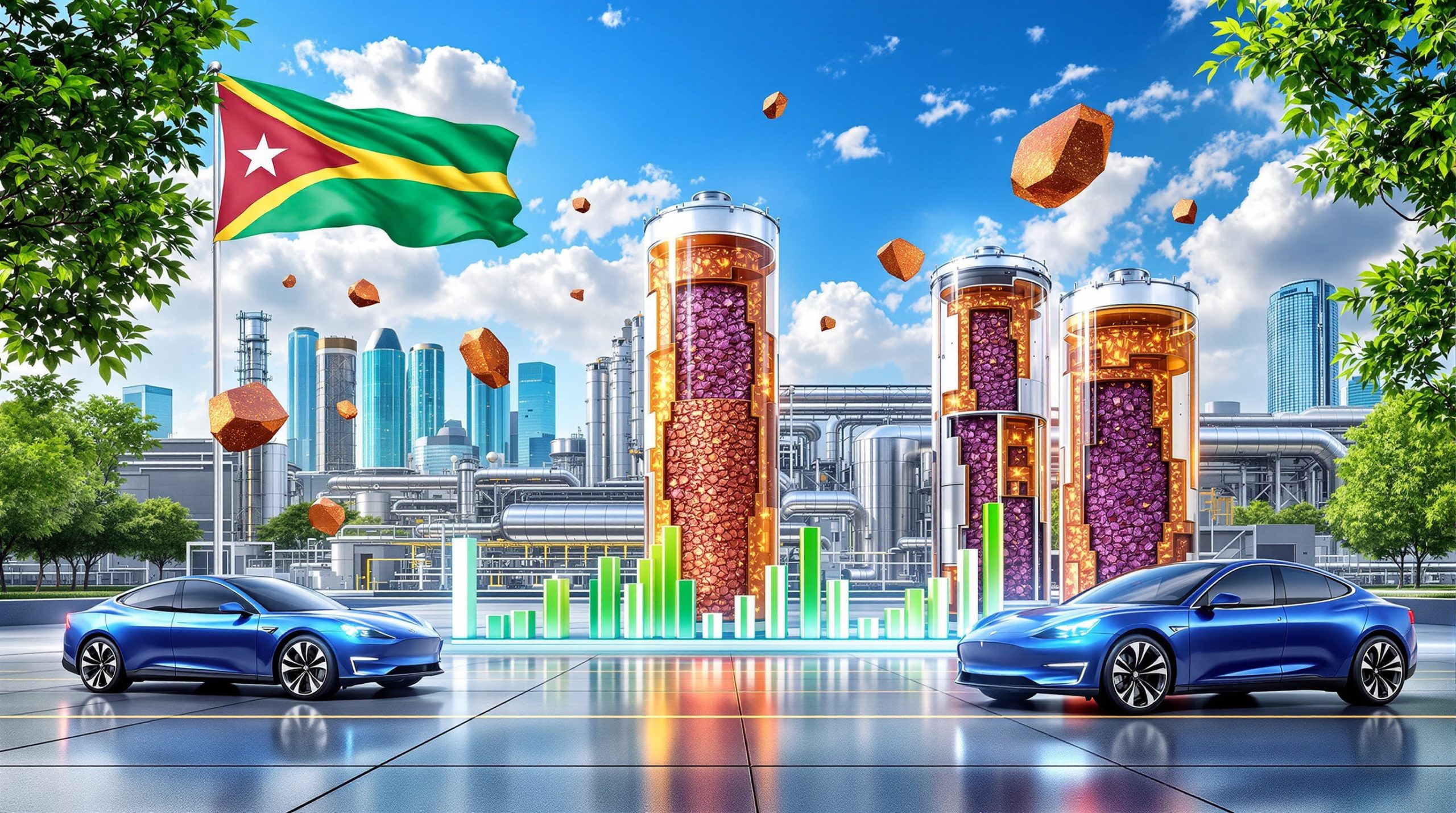What is Green Steel and Why is it Important in the US?
Defining Green Steel Production
Green steel refers to steel manufactured with carbon emissions significantly lower than conventional methods, specifically adhering to thresholds established by industry standards. In the US, Fastmarkets' carbon threshold mandates that total emissions (Scope 1, 2, and 3) must not exceed 0.7 tCO₂e per tonne of steel. This definition permits the use of renewable energy credits and mass balancing to allocate emissions but explicitly prohibits carbon-offset credits, ensuring transparency in decarbonising steel industry. Unlike traditional blast furnace-based production, which emits approximately 1.85 tCO₂e per tonne, green steel relies on technologies such as electric arc furnaces (EAFs) and direct reduced iron (DRI) paired with clean energy.
Environmental and Economic Implications
The steel industry accounts for 7-9% of global CO₂ emissions, making decarbonization critical for achieving climate targets. In the US, transitioning to green steel could reduce annual emissions by 70 million tonnes if fully adopted, aligning with the Biden administration's original net-zero goals. However, the economic viability of green steel remains contentious. Production costs are 20-40% higher than traditional methods due to renewable energy infrastructure investments and nascent supply chains. Without regulatory frameworks or consumer demand for low-carbon products, manufacturers struggle to justify these premiums despite the ongoing clean energy revolution.
How Has the Political Landscape Affected Green Steel Development?
Shift in Federal Priorities Under the Trump Administration
The Trump policy effects have been significant, with the "Unleashing American Energy" executive order, signed on January 20, 2025, freezing $500 million in grants allocated to Cleveland-Cliffs for blast furnace upgrades in Ohio and Pennsylvania, directly impacting green steel initiatives. This policy shift reflects a broader deprioritization of decarbonization projects lacking immediate financial returns. Market participants report diminished enthusiasm for sustainability lobbying, with one consultant noting, "Projects without clear ROI face increased scrutiny". The Department of Energy's (DOE) loan programs for clean manufacturing have also stalled, creating uncertainty for companies reliant on federal support.
Legal Challenges to Funding Freezes
On April 15, 2025, Rhode Island District Judge Mary McElroy temporarily blocked the administration's funding freeze, ruling that agencies cannot "hamstring statutes passed by Congress". This decision preserves $75 million for Cleveland-Cliffs' Pennsylvania project and reinstates grants under the IRA and Infrastructure Investment and Jobs Act (IIJA). Legal experts argue that prolonged litigation could delay green steel adoption by 2-3 years, as manufacturers await clarity on subsidy availability.
Market Challenges for Green Steel in the US
Buyer Resistance and Cost Absorption
The US green steel domestic differential to hot-rolled coil (HRC) has remained stagnant at $0 per short ton, reflecting buyers' unwillingness to pay premiums. A mill source explained, "End users cannot monetize sustainability benefits with their customers, leaving costs unabsorbed". With traditional HRC prices averaging $930.40 per ton, green steel's higher production costs—estimated at $1,100–1,300 per ton—deter widespread adoption. Auto and construction sectors, which consume 50% of US steel, prioritize cost-efficiency over emissions reductions in the absence of carbon tariffs.
Regulatory and Competitive Barriers
The lack of a federal carbon pricing mechanism or emissions mandates places US green steel at a disadvantage compared to Europe, where the Carbon Border Adjustment Mechanism (CBAM) penalizes high-carbon imports. Domestic producers also compete with $600–800 per ton imported steel from Asia, undermining investments in clean technologies. Cleveland-Cliffs' transition to DRI with natural gas—a 65% emissions reduction compared to blast furnaces—highlights progress, but such projects require sustained funding to scale.
How Does the US Green Steel Market Compare to Global Markets?
Europe's Regulatory Leadership and Pricing
Europe's green steel threshold of 0.8 tCO₂e per tonne supports a more active market, with flat-rolled products commanding premiums of €150–200 per ton. Long-term offtake agreements, such as Blastr's third deal with Vogten Staal, signal growing demand despite limited spot trading. The EU's stricter emissions reporting requirements and €95 per ton carbon price under the Emissions Trading System (ETS) incentivize producers to adopt EAFs and hydrogen-based DRI.
Asia's Emerging Standards and Investments
India's "Taxonomy of Green Steel," unveiled in December 2024, introduces a five-star rating system, with five stars awarded for emissions below 1.60 tCO₂e per tonne. ArcelorMittal Nippon Steel (AM/NS) India aims for 70% low-carbon production by 2027, leveraging natural gas-based DRI and renewable energy partnerships. In Vietnam, import differentials for green steel range from $101.40–204.00 per ton, reflecting regional demand for high-grade materials. China's dominance in traditional steel production, however, complicates Asia's decarbonization trajectory, as blast furnaces still account for 90% of output.
What Technologies and Methods Enable Green Steel Production?
Decarbonization Pathways and Innovations
Direct reduced iron (DRI) using natural gas serves as a bridge technology, cutting emissions by 50-60% compared to coal-based methods. When paired with green hydrogen, DRI could achieve near-zero emissions, though hydrogen infrastructure remains underdeveloped in the US. Electric arc furnaces, which recycle scrap steel using renewable energy, currently produce 70% of US steel but require high-quality scrap inputs to maintain integrity. Advanced sorting technologies and hybrid renewable projects, like AM Green Energy's initiative with AM/NS India, aim to improve scrap utilization rates beyond the current 35% global average.
Carbon Accounting and Transparency
Fastmarkets' prohibition of carbon-offset credits ensures that emissions reductions derive from operational changes rather than questionable carbon credit myths. Mass balancing, which allocates renewable energy usage across production batches, provides supply chain flexibility while maintaining accountability. However, inconsistencies in Scope 3 emissions reporting—particularly for mining and transportation—create challenges for standardization.
What is the Future Outlook for Green Steel in the US?
Catalysts for Market Transformation
Legal resolutions to the IRA funding freeze could unlock $6 billion for clean steel projects, revitalizing stalled initiatives. Corporate sustainability commitments, such as automakers' pledges to use 30% green steel by 2030, may drive demand if coupled with consumer incentives. A future carbon tax or cap-and-trade system, though politically contentious, could narrow the cost gap between traditional and green steel by $150–200 per ton. Recent global commodities insights suggest potential shifts in market dynamics that could influence green steel adoption.
Strategic Recommendations
Federal Policy Alignment: Reinstate grants for DRI and EAF projects while introducing carbon tariffs to protect domestic producers.
Industry Collaboration: Develop standardized emissions reporting frameworks to enhance transparency and investor confidence.
Consumer Education: Highlight green steel's lifecycle benefits through labeling programs and tax incentives for low-carbon products.
FAQ: Green Steel in the US Market
What defines "green steel" in the US?
Green steel must have Scope 1, 2, and 3 emissions below 0.7 tCO₂e per tonne, calculated using renewable energy credits and mass balancing. Carbon-offset credits are excluded to ensure genuine decarbonization.
Why do US buyers resist green steel premiums?
Without regulatory mandates or consumer willingness to pay, manufacturers cannot offset 20-40% higher production costs. According to Boston Metal's innovative approach, new technologies could eventually bring down these costs.
How does US green steel policy compare to Europe's?
Europe's higher threshold (0.8 tCO₂e) and carbon pricing mechanism (ETS) create stronger market incentives, reflected in stable premiums and long-term contracts. The trillion-dollar quest for green steel demonstrates the global significance of this transition.
What impact has Trump's policies had on green steel?
Funding freezes under the "Unleashing American Energy" order delayed projects, though a recent court ruling temporarily revived subsidies for green steel in the US market.
Ready to Capitalise on the Next Major Mineral Discovery?
Stay ahead of the market with Discovery Alert's proprietary Discovery IQ model, which instantly alerts investors to significant ASX mineral discoveries and transforms complex mineral data into actionable insights. Understand why historic discoveries can generate substantial returns by visiting our dedicated discoveries page and begin your 30-day free trial today.




